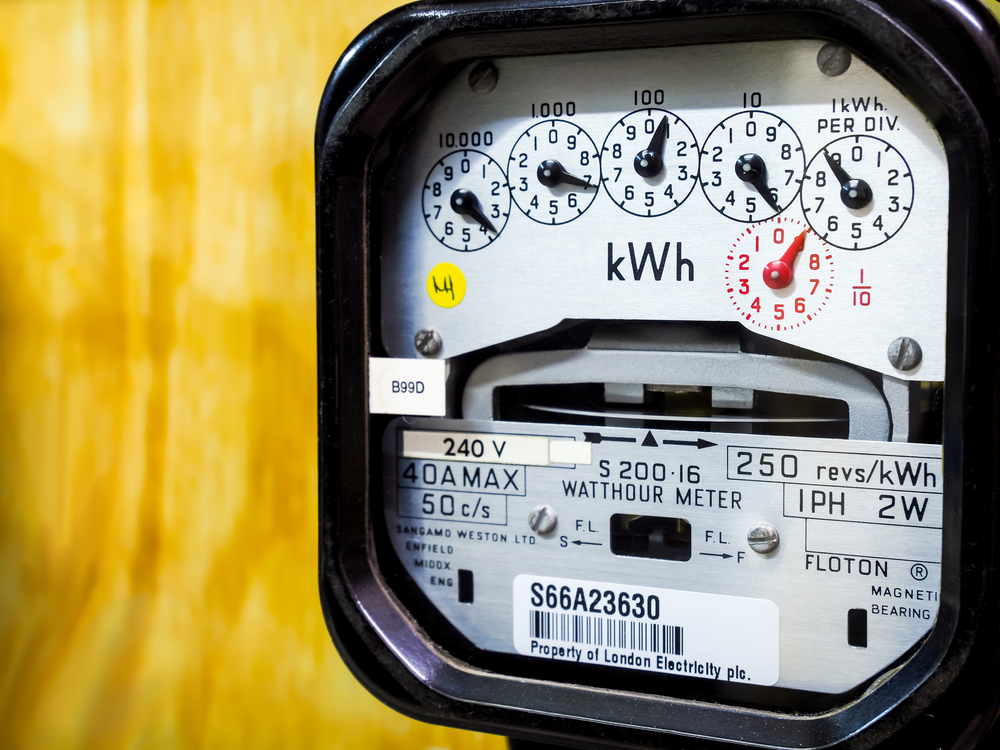Exploring Optimal Electricity Deals in the UK
As the UK advances towards a more sustainable future, identifying the most cost-effective electricity provider is crucial for both economic and environmental reasons. By conducting comprehensive price comparisons, consumers can navigate the diverse offerings available, taking into account the benefits of renewable energy options and energy efficiency solutions. With a range of electricity tariffs and combination packages, optimizing energy consumption and cost-effectiveness while supporting sustainable practices is achievable.

Understanding Electricity Tariffs and Bundles
The UK energy market offers a variety of electricity tariffs that can significantly impact energy costs. Understanding these options is crucial for optimizing electricity expenses. Fixed-rate tariffs provide stability by locking in a set price per kilowatt-hour for a specified period, usually one to two years. This option protects against potential price hikes but may not allow benefits from price drops. Variable tariffs, on the other hand, fluctuate according to market conditions. While they can offer savings when prices fall, they can also lead to higher bills if prices rise unexpectedly.
Time-of-use tariffs are becoming increasingly popular, thanks to the integration of smart meters. These tariffs charge different rates during off-peak and peak hours, encouraging consumers to use energy when demand is low. By adjusting energy consumption habits, such as running appliances during off-peak times, electricity costs could be reduced.
Bundles that combine gas and electricity services are another option to consider. These packages often come with discounts or incentives, providing a more cost-effective solution for managing energy needs comprehensively. By choosing the right combination of tariffs and bundles, a more sustainable energy plan can be supported while managing household expenses effectively.
The Role of Renewable Energy and Smart Technology
The UK’s commitment to reducing carbon emissions has led to a significant shift towards renewable energy sources such as wind, solar, and hydropower. By choosing a provider that prioritizes green energy, consumers can contribute to environmental sustainability. Many electricity suppliers offer tariffs that source a portion or all of their energy from renewable sources. According to Ofgem, the integration of renewables into the national grid is expected to increase, making green tariffs more accessible and competitive.
Smart technology, including smart meters and intelligent home systems, plays a pivotal role in enhancing energy efficiency. Smart meters provide real-time data on energy consumption, allowing users to monitor and adjust usage patterns. This technology not only helps in managing costs but also reduces carbon footprints by promoting efficient energy use. Many providers offer incentives for customers who install smart meters, further encouraging the adoption of this technology.
Tips for Conducting a Thorough Price Comparison
Conducting a comprehensive price comparison involves examining various factors beyond just the cost per kilowatt-hour. Start by analyzing the tariff rates and the duration of contracts. Some providers may offer introductory rates that seem attractive but could increase substantially once the initial period ends. Pay attention to additional fees, such as exit fees for switching providers before the contract term is up, and standing charges that cover the cost of maintaining the connection to the energy grid.
Several online platforms and tools can assist in making informed comparisons. Websites like Uswitch and Compare the Market provide easy-to-use interfaces that allow input of usage data and comparison of different deals. These tools often include customer reviews and ratings, helping to assess the reliability and customer service of providers.
Additionally, consider the provider’s track record in supporting renewable energy initiatives. Some companies offer detailed information on their environmental impact and efforts in promoting clean energy. By prioritizing these providers, electricity consumption can align with broader sustainability goals.
Supporting Sustainable Energy Initiatives
Choosing an electricity provider that supports sustainable practices is not only beneficial for the environment but also aligns with the UK’s national objectives for a greener future. Energy suppliers that invest in renewable infrastructure, participate in carbon offset programs, and promote energy efficiency contribute significantly to reducing greenhouse gas emissions. By selecting such providers, individuals play a part in encouraging the energy sector to continue innovating and prioritizing sustainability.
The choice of electricity supplier can also influence the market. As more consumers demand greener energy options, providers are incentivized to enhance their sustainable offerings. This consumer-driven change is vital for accelerating the transition towards a low-carbon economy.
In conclusion, exploring optimal electricity deals in the UK involves understanding the available tariffs and bundles, leveraging smart technology, and supporting renewable energy initiatives. By conducting thorough comparisons and choosing providers that prioritize sustainability, energy consumption can be optimized, contributing to a more sustainable future. As options are explored, it is important to remember that choices have the power to impact both finances and the environment.
Disclaimer: All content, including text, graphics, images and information, contained on or available through this web site is for general information purposes only. The information and materials contained in these pages and the terms, conditions and descriptions that appear, are subject to change without notice.




